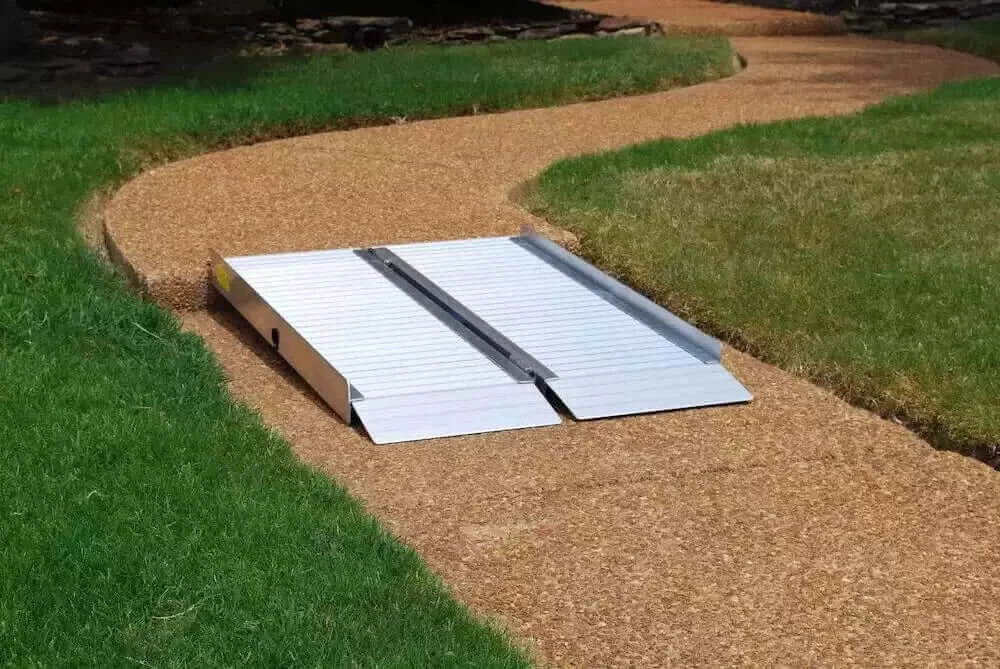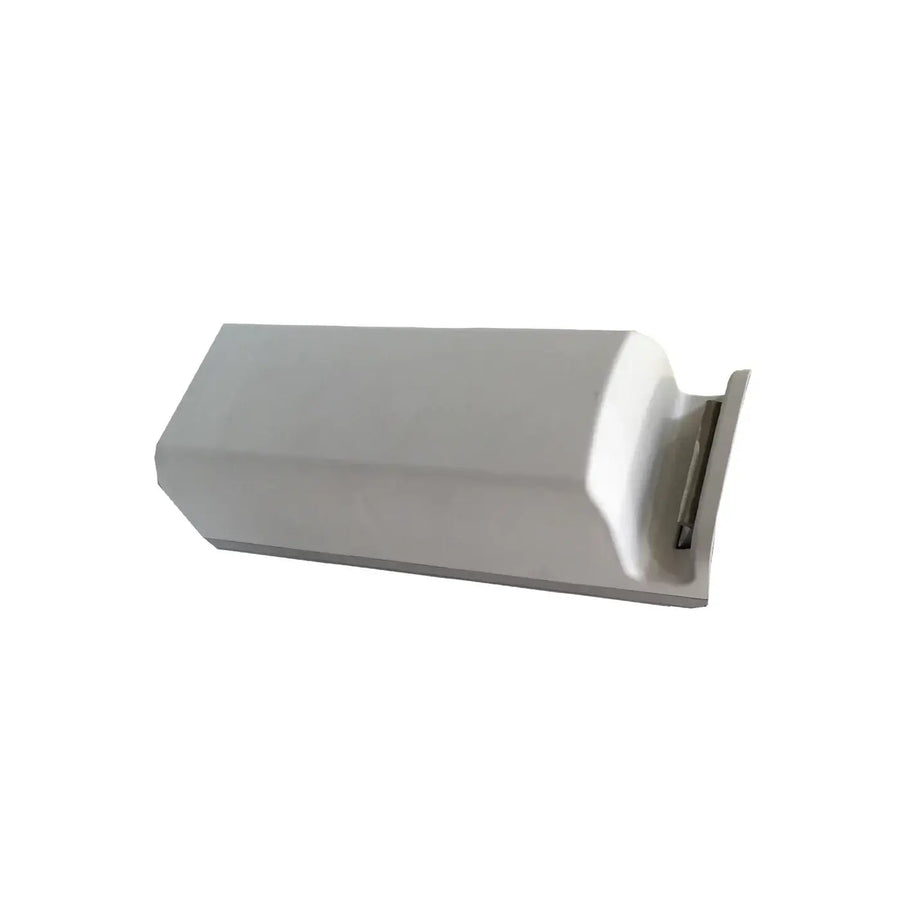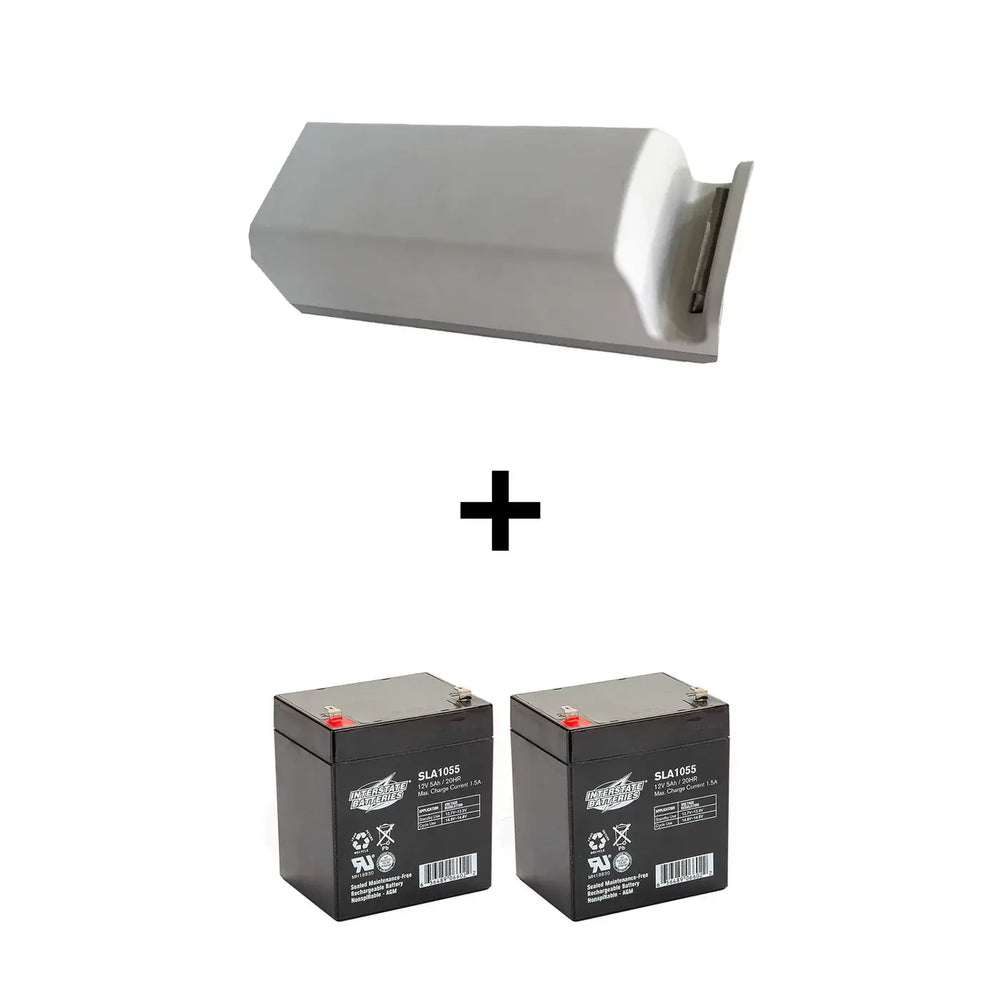Can One Person Operate a Hoyer Lift?
Using a hoyer lift alone is possible, but is it always the best choice? Safety should be the top priority, both for the caregiver and the person being lifted.
Before operating the lift solo, consider the individual’s mobility, the environment, and your own experience with the equipment. A secure setup, proper sling positioning, and smooth operation are key to a safe transfer.
But what happens if something feels off? Knowing when to ask for help can make all the difference. Let’s explore when one person can manage a hoyer lift and when an extra set of hands is necessary.

Assessing the Need for Assistance: One Person vs. Two
Determining whether one or two people are needed to operate a hoyer lift is essential for safety. While a single caregiver may be able to use the lift alone, several factors should be considered:
-
Type of Lift – Electric lifts require less physical effort than manual ones.
-
Patient's Condition – If the patient is cooperative and stable, one caregiver may be sufficient.
-
Caregiver’s Training – Proper training is necessary for safe operation.
-
Environment – Adequate space is needed to maneuver the lift without obstacles.
Having a second caregiver can improve safety, especially if the patient has limited mobility or requires significant support. Two people can help distribute weight, prevent accidents, and provide reassurance.
Always assess the situation, considering both the environment and the needs of the patient, to determine the safest approach.
Tips for Solo Operation of a Hoyer Lift
Operating a hoyer lift alone requires careful planning and proper technique. Here are some key tips to help ensure safety:
-
Assess the Situation. Before starting, evaluate the patient's condition and determine if they can be safely lifted alone. Also, check the surrounding area to make sure there are no obstacles that could interfere with the lift's movement.
-
Choose the Right Hoyer Sling. Using a well-designed hoyer lift sling can improve both comfort and safety during transfers. Consider options like the Hoyer Deluxe Stand-Aid Patient Lift Sling, which provides strong support and stability for users who need assistance standing or transferring.
-
Engage the Lift Smoothly. When using the lift, operate the controls with steady, controlled movements. Avoid jerky or sudden motions, as they can cause instability and discomfort for the patient.
-
Use Proper Lifting Techniques. Maneuvering the lift requires careful use of your body weight. Keep a firm stance and use slow, controlled movements to guide the lift, ensuring it remains stable throughout the process.
-
Prioritize Safety. Always be aware of your footing and maintain a stable posture to prevent imbalance. If you encounter any difficulties, stop immediately and reassess the situation rather than forcing the lift.
By following these steps, you can operate a hoyer lift safely and effectively, even when working alone.
Common Challenges When Using a Hoyer Lift Alone
Operating a hoyer lift alone requires skill, patience, and attention to detail. While it can be done safely, certain challenges may arise. Here are some common difficulties and how to address them:
1. Positioning the Sling Properly
Placing the sling correctly under the patient without assistance can be tricky, especially if they have limited mobility.Solution: Roll the patient gently from side to side while tucking the sling underneath. Ensure it is evenly positioned before attaching it to the lift.
2. Maintaining Balance and Stability
Keeping both the patient and the lift stable while transferring can be difficult.
Solution: Lock the lift’s wheels before starting, but unlock them once lifting begins to allow smooth movement. Ensure the patient's weight is evenly distributed in the sling.
3. Operating the Lift Controls
Managing the hand controls while ensuring the patient is secure may feel overwhelming.
Solution: Familiarize yourself with the lift’s controls beforehand. Move slowly and check the patient’s position frequently.
4. Navigating Tight Spaces
Maneuvering the lift through doorways or around furniture can be difficult.
Solution: Plan the path in advance, clear obstacles, and ensure there is enough space to move safely.
5. Lowering the Patient Safely
Ensuring a smooth and controlled descent can be challenging without an extra set of hands.
Solution: Lower the patient gradually, ensuring their feet are positioned correctly before touching the surface. Always communicate with the patient to make sure they are comfortable.
If possible, having a caregiver or helper nearby can make the process easier. However, with proper technique and preparation, using a hoyer lift alone can be safe and effective.
When Should You Ask for Help?
Seeking assistance during hoyer lift operations enhances safety and efficiency, especially in complex situations. If the individual has limited mobility, requires special positioning, or shows signs of distress, call for help. Another person can provide support and ensure proper handling.
If you are not confident in using the lift alone, it’s best to seek assistance. Proper training is essential, but real situations can differ from practice. Always prioritize safety for both yourself and the person being lifted.






